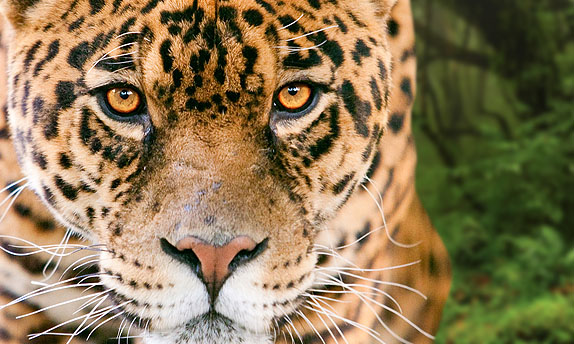 As mentioned in a previous blog, The Laika engage the world through four perceptual levels, where each level is linked with an archetype animal, a chakra, a compass point, and is associated with one of the four energetic bodies that make up the human energy field.
As mentioned in a previous blog, The Laika engage the world through four perceptual levels, where each level is linked with an archetype animal, a chakra, a compass point, and is associated with one of the four energetic bodies that make up the human energy field.
Jaguar, the animal of the West direction, represents the mind — the realm of thoughts and ideas. Jaguars are curious and inquisitive — our cat instinct leads us to the right people and situations (or the wrong ones, if our feline instinct is flawed).
Jaguar perception is associated with the mammalian brain, that of emotion and deep feelings of love, intimacy, family, caring, and compassion. Yet it’s also the brain of aggression, superstition, amulets and charms. The language of the level of jaguar is spoken or written words, which we use to form and express ideas, beliefs, and feelings. Here we understand symbols and signs and can agree that certain sounds are words that mean something specific.
The perceptual state of jaguar is associated with the second (sacral) chakra. Located four fingers below the belly button, the sacral chakra is home to passion, and it expresses itself through creativity and intimacy.
From jaguar, we recognize that we can give a hungry man a fish, but a more practical long-term solution is to teach him how to fish. We know that we can give a starving child a piece of bread, but we also know that one does not live on bread alone. We rise above the literal level and see a wider range of possibilities in any situation. If we have a migraine, we ask ourselves, “What could be the cause? What is my body trying to tell me?”
Just as the mental level encases the physical, in jaguar we incorporate what we experience at serpent state. So, if we have a headache, we’re aware of our pain, but we also think about whether we could have consumed something that might have caused it, such as chocolate or red wine. We consider whether a migraine is a symptom of another type of ailment — maybe we’re taking on more responsibilities than we can handle, or perhaps we’re worried about our business or a fight with our spouse, and our body is responding by creating a headache.
Through the eyes of jaguar, we look at the child who is acting out in class and ask, “Is he actually unable to sit still and keep his hands to himself, and if so, why?” We consider whether the child ate a lot of sugary treats and has a strong physical urge to move, if he’s bored by what the teacher is saying, and so on.
We’re able to perceive much more about the situation than we would at serpent state; consequently, we’re able to think of many more solutions. We don’t just punish the child who acts out, we make sure that he eats a healthy breakfast and has a chance to walk and run before he has to settle into his seat and focus on listening to the teacher. We don’t just pop a pain pill — we learn to say “no” to our extra responsibilities and start expressing the anger we’ve been repressing. Because we have so many more possibilities, we’re able to make effective changes and solve more complex issues.
The realm of beliefs, ideas, and emotions is associated with the jaguar because this type of perception can suddenly transform situations, causing them to be seen in a new light, and such a creature is the archetype of sudden change. The jaguar spots his prey and pounces on it, quickly extinguishing its life — yet this helps keep down the population of the other animals and maintain balance in the rain forest, thus making it possible for other life to thrive in the ecosystem. In the same way, a single insight can allow us to break free from our negative feelings or an old way of operating that’s preventing us from moving forward.
When I work with a client in crisis, who may feel his life is beyond repair, I send him home with jaguar. Often my client thinks this is only a metaphor. I know that the life-and-death principle represented by the jaguar will assist him to allow those parts of himself that need to die to do so, as well as to regain hope and bring new balance from chaos.







